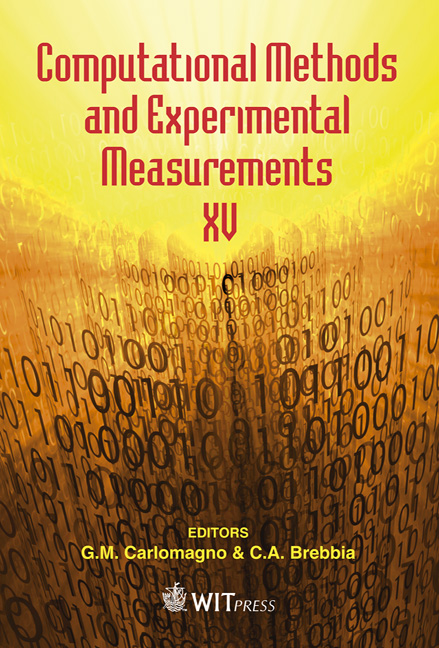Large Eddy Simulation Of A Transition Process In Separated-reattached Flows
Price
Free (open access)
Transaction
Volume
51
Pages
12
Page Range
181 - 192
Published
2011
Size
549 kb
Paper DOI
10.2495/CMEM110171
Copyright
WIT Press
Author(s)
Z. Yang
Abstract
Transition from laminar to turbulence in separated-reattached flow occurs frequently and plays a very important role in engineering. Hence, accurately predicting transition is crucial since the transition location has a significant impact on aerodynamics performance and a thorough understanding of the transition process can greatly help to control it, e.g. to delay the turbulent phase where laminar flow characteristics are desirable (low friction drag) or to accelerate it where high mixing of turbulent flow are of interest (in a combustor). However, it is very difficult to predict transition using conventional Reynolds- Averaged-Navier-Stokes (RANS) approach and the transition process is not fully understood. Nevertheless significant progress has been made with the simulation tools such as Large Eddy Simulation (LES) which has shown improved predictive capabilities over RANS and can predict transition process accurately. This paper presents briefly LES formalism and followed by its applications to predict/understand the transition process and unsteady behaviour of the free shear layer in separated-reattached flow. Keywords: transition, separated-reattached flow, LES, RANS, shear layer, unsteady, turbulence. 1 Introduction Separated flows are common and play an important role in many engineering applications from cooling of small electronic devices to airfoil and turbomachinery design. If a separated flow reattaches downstream a separation bubble is formed and its characteristics are a crucial aspect of the engineering design process. Three types of separation bubble are possible depending on the state of
Keywords
transition, separated-reattached flow, LES, RANS, shear layer, unsteady, turbulence





